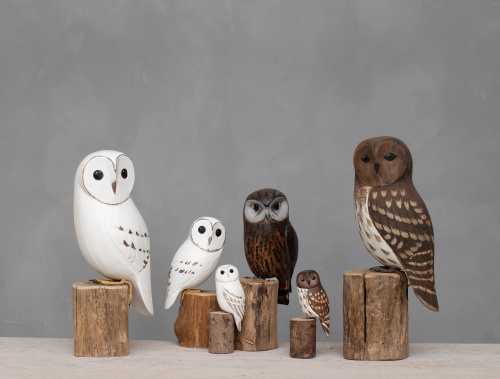Crafted Character: Infusing Everyday Living with Hand-Carved Elegance

Hand-carved furniture carries an inherent sense of history and tradition, recalling craftsmanship that spans centuries and cultures. Whether it’s classical motifs inspired by Baroque ornamentation or minimalist geometric patterns, each carve tells a story, connecting owners to the artisan’s hands and heritage. This depth of character cannot be replicated by machines: mass-produced pieces may mimic the look, but they lack the subtle irregularities and human touch that define true artisan work. As a result, hand-carved details transform ordinary furniture into conversation starters and focal points, grounding contemporary spaces with warmth and authenticity.
Hand-carved elements also bring textural richness to interiors. Intricate reliefs on cabinet doors, scalloped edges on chair backs, or botanical motifs etched along a tabletop introduce gentle shadows and organic movement, elevating static surfaces into dynamic compositions. Such tactile dimensions not only please the eye but also invite touch, fostering a multisensory connection that deepens one’s appreciation of the piece over time.
Lifestyle Benefits of Artisanal Furniture
Investing in handcrafted, hand-carved furniture aligns with a lifestyle that values quality over quantity. Unlike fast-furniture items designed for quick disposal, artisanal pieces are built to last, often becoming durable staples in the home for decades. This longevity delivers economic benefits in the long term, reducing the need for frequent replacements and minimizing household waste. Moreover, owning unique pieces means your décor resists the cookie-cutter look—no two homes display the same collection, allowing for genuine personal expression.
On a practical level, bespoke carving enables customization to fit both aesthetic and functional needs. Artisans can adjust dimensions, select specific wood species, and carve motifs that resonate with your cultural or personal narratives. This collaborative process not only ensures that each piece integrates seamlessly into your space but also fosters a meaningful relationship between maker and owner, transforming furniture acquisition into a creative journey.
Sustainability and Ethical Dimensions
Hand-carved furniture often embodies sustainable practices that contrast sharply with the environmental toll of mass production. Artisans typically source wood from responsibly managed forests or reclaimed materials, employ low-VOC finishes, and avoid plastic components. This eco-conscious approach reduces carbon footprints and supports circular economies, aligning with broader lifestyle commitments to planetary health.
Integrating Hand-Carved Pieces into Your Home
Begin your journey by selecting a statement piece in a prominent location—such as a hand-carved console table in the entryway or an intricately patterned headboard in the bedroom. This focal point sets the tone for surrounding décor, encouraging you to layer complementary textures like woven rugs, linen upholstery, and metal accents. Balance is key: pair ornately carved items with simple silhouettes to avoid visual overload and maintain a cohesive aesthetic.
For those seeking subtler applications, consider smaller accessories: a carved walnut serving tray, a linen-backed chair with carved legs, or a pair of wooden candle holders etched with delicate patterns. These touches introduce artisanal flair in measured doses, ideal for minimalist interiors or rental properties where larger commitments may not be feasible.



